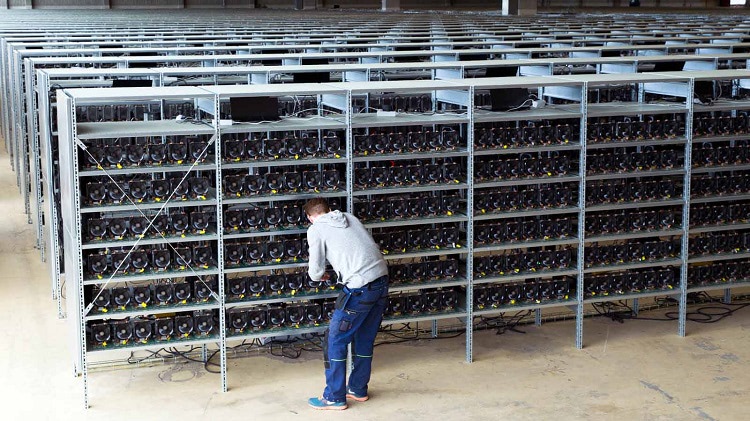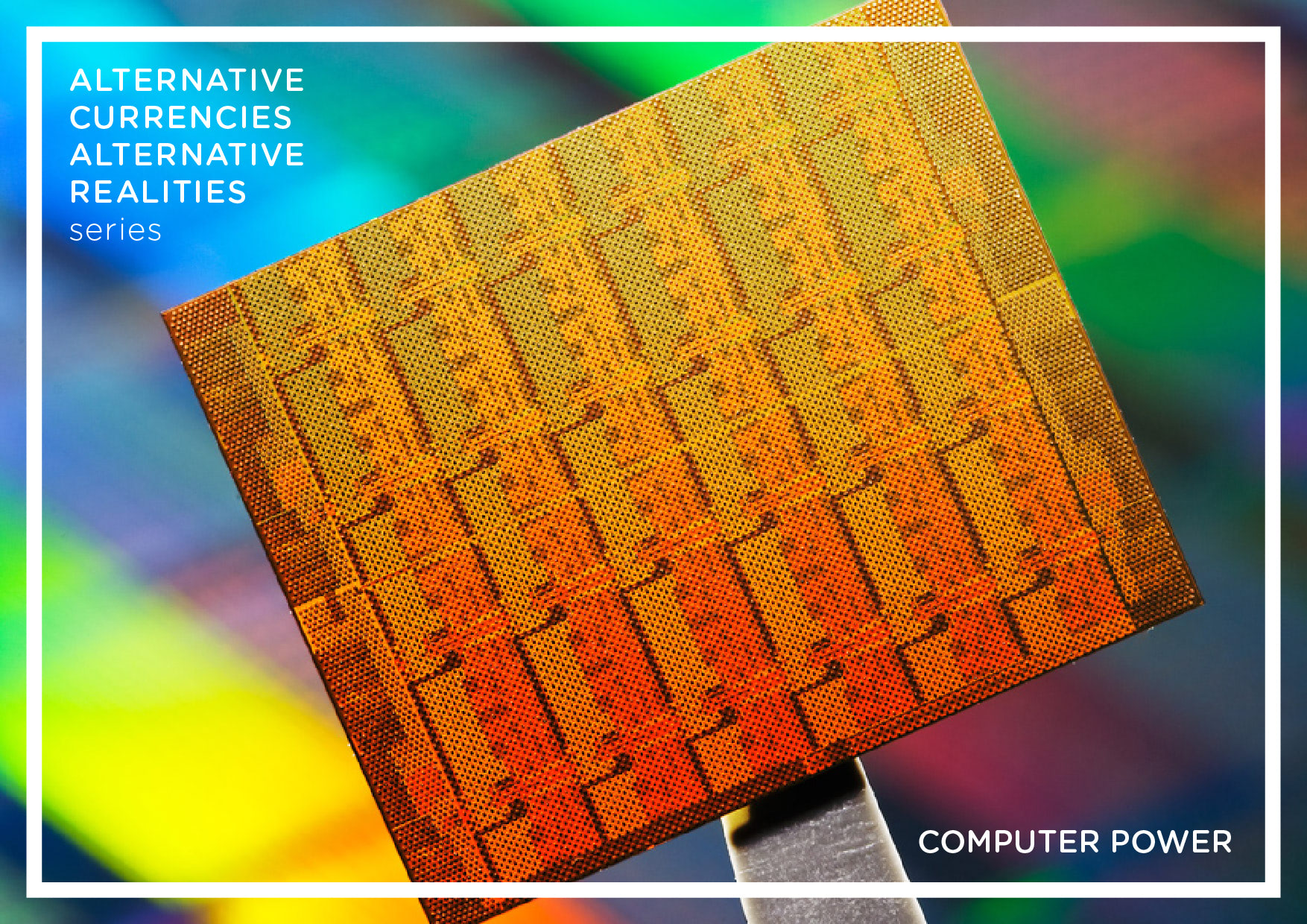A ten part series exploring the design of an invisible technology: money.
1969. The historical year humanity first walked on the moon. This incredible event took years of engineering, billions of dollars and relied heavily upon state of the art computers. The Goddard Space Flight centre in the US was the epicenter of all these computers. Flight technicians used the IBM mainframe computer to maintain communication between Earth and the astronauts. This computer could perform several hundred thousand operations per second. Fast-forward almost 50 years and now a simple USB stick has more computational power than the computers used for the moon landing.
In fact, a modern iPhone 6 can calculate 3.36 billion instructions per second. That's 32.600 times faster than the best Apollo era computer. This incredible technological evolution is well observed in Moore’s law, which states that computer processing power, doubles every two years. Our computers have moved from a niche product to a truly global technology and an integral part of our daily lives. Computers are our portals to communicate with others, they are our trusty workhorses, our private cinemas and our banks. They have become naturalized. They are part of our next nature.
So what does all this computational power have to do with alternative currencies? It comes down to how cryptocurrencies are created. In traditional fiat (government backed) monetary systems, commercial banks simply offer people a loan. This is how 97% of money is created. Only a tiny fraction of fiat money is printed into banknotes. But in Bitcoin, money isn’t printed; it is discovered through mining.
In a nutshell, mining is the term used for running a series of calculations on a computer to verify the transactions that take place in the Bitcoin network. About every ten minutes, a new block of transaction data is created and the miners who created the block are rewarded with bitcoins. This serves the Bitcoin network both as a system to verify transactions and as a system for fairly distributing new Bitcoins. (If you want to know a bit more about the process, here is a great description of how mining works). Mining was intentionally designed to be resource-intensive and its difficulty to get harder over time. When Bitcoins first came into existence anyone could mine them from a laptop, but now specialized "mining farms" tend to do the majority of the mining.
Instead of housing animals, these 21st century farms house computers. Thousands upon thousands of specialised mining computers are used, which demand an enormous amount of electricity to power fans to keep the machines from overheating. Some farms have moved to colder climates to try to reduce their energy consumption.
 KnCMiner’s farm is located near the Arctic Circle to keep its 45,000 mining computers from overheating.
KnCMiner’s farm is located near the Arctic Circle to keep its 45,000 mining computers from overheating.
Many have criticized this energy intensive mining process and have tried to find other solutions. For example cryptocurrencies like Litecoin and Auroracoin are pre-mined, meaning that most of the hard computational algorithms are already solved. Foldingcoin goes one step further by taking advantage of the unused computational power of the general public to help Stanford University researchers find cures for some of the worlds worst diseases. By mining Foldingcoin you are directly contributing to scientific breakthroughs for diseases like Alzheimer, many forms of cancer and Aids. On top of this you are getting paid to do it.
The Stanford researchers are trying to grow this network: "The problems we are trying to solve require so many calculations, we ask people to donate their unused computer power to crunch some of the numbers. Donate your computer to over 107,000 others around the world outputting 20,000 teraflops of computing power to form the world's largest distributed supercomputer".
The way money comes into existence is entirely designable. The form that it takes, whether physical or digital still takes energy and resources to make and so the way we create money should not simply be a means to an end, but should help our biosphere, technosphere and society flourish. With great computational power, comes great responsibility.
Source: Foldingcoin. Image: KnCMiner
Read the whole Alternative Currencies, Alternative Realities series.

Share your thoughts and join the technology debate!
Be the first to comment